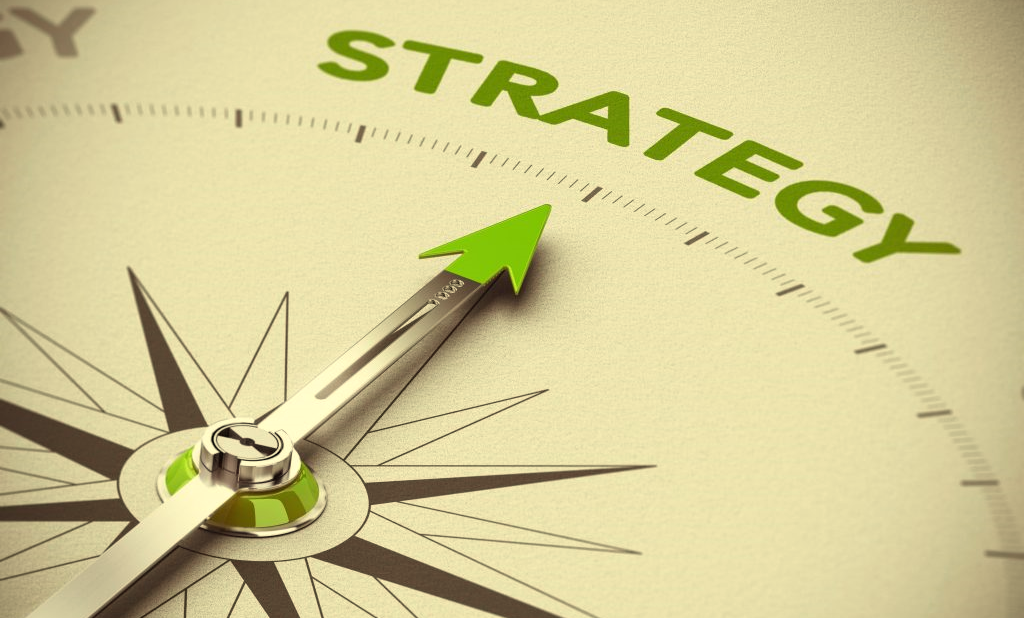.png)
Strategies

Strategies for good decision making
Analyse the situation: Take the time to understand the problem or opportunity that requires a decision to be made. Use data and information to support your analysis.
Consider your options: Identify a range of potential solutions or alternatives. Evaluate each option carefully to determine which one best meets your objectives.
Seek input from others: Consult with others who have experience or expertise in the area. Consider their perspectives and ideas before deciding.
Think long-term: Consider the potential impact of your decision in the long-term. Will it have positive or negative consequences down the road?
Use your intuition: Your intuition can be a valuable tool in decision making. Trust your gut feelings but be sure to balance them with data and information.
Take calculated risks: Weigh the potential risks and benefits of each option. Sometimes taking a calculated risk can lead to greater rewards.
Learn from mistakes: Not every decision will be perfect. When mistakes happen, use them as an opportunity to learn and improve your decision-making skills.
Example: How One CEO's Strategic Decision Made All the Difference
Samantha is the CEO of a small tech startup. The company has been growing steadily, but she's been faced with a tough decision: should she expand the company into new markets or focus on developing the existing product line?
To make a good decision, Samantha analyses the situation by gathering data on the current market trends and studying the competition. She considers her options and seeks input from her team members, who have expertise in both marketing and product development.
Samantha thinks long-term, considering the potential risks and benefits of each option. After careful consideration, she decides to focus on developing the existing product line, as this will better serve the company's long-term goals.
While Samantha's decision was not without risks, she took calculated risks and learned from her mistakes along the way. As a result, the company continued to grow and thrive under her leadership.
Strategies to tackle wrong decision
Making a wrong decision can be a difficult situation to navigate, but there are some strategies that can help you tackle it
Acknowledge the mistake: Accept that the decision made was wrong and take responsibility for it.
Evaluate the situation: Try to understand the reasons that led to the wrong decision. Assess the impact of the decision and identify the consequences.
Analyse the options: Once you have identified the mistake, consider the available options to rectify it. Look for alternatives that may help you minimize the impact of the decision.
Seek advice: Consult with colleagues, experts, or trusted individuals to gain perspective and insight into the situation.
Learn from the mistake: Take the opportunity to learn from the mistake and understand what went wrong. Identify ways to avoid similar mistakes in the future.
Act: Implement the decision that will correct the mistake and work towards minimizing the damage caused.
Remember that making a wrong decision is a natural part of the decision-making process, and it is important to approach it with a positive attitude and a willingness to learn and improve.
Example: Learning from Mistakes: Overcoming a Bad Business Decision
Suppose a company decided to launch a new product without doing proper market research or testing. They invested a significant amount of money in manufacturing and marketing the product, only to find out that it was not well-received by the target audience and did not generate the expected revenue.
To tackle this wrong decision, the company could
- Conduct an analysis of what went wrong in the decision-making process and identify the flaws in their approach.
- Gather feedback from customers and stakeholders to understand why the product did not meet their expectations.
- Evaluate the financial impact of the decision and develop a plan to minimize losses.
- Revisit their decision-making strategy and ensure that all future decisions are based on thorough research and analysis.
- Consider rebranding or repackaging the product or withdrawing it altogether if necessary.
By taking these steps, the company can learn from their mistake and make better decisions in the future.